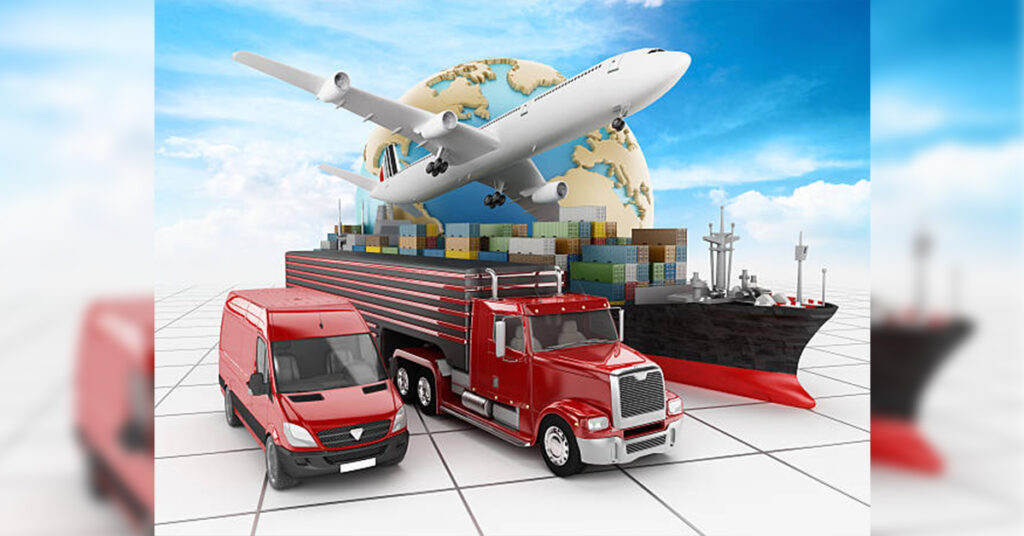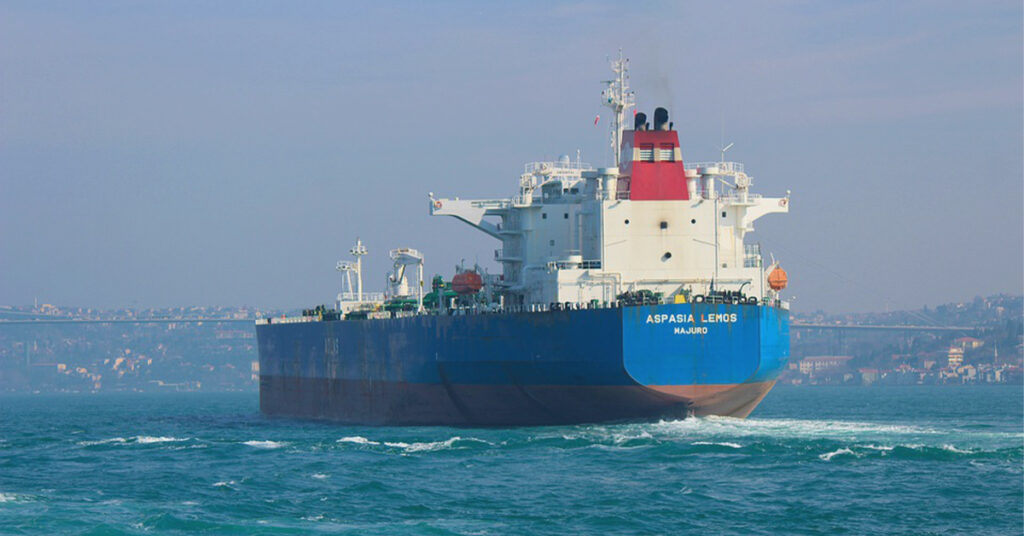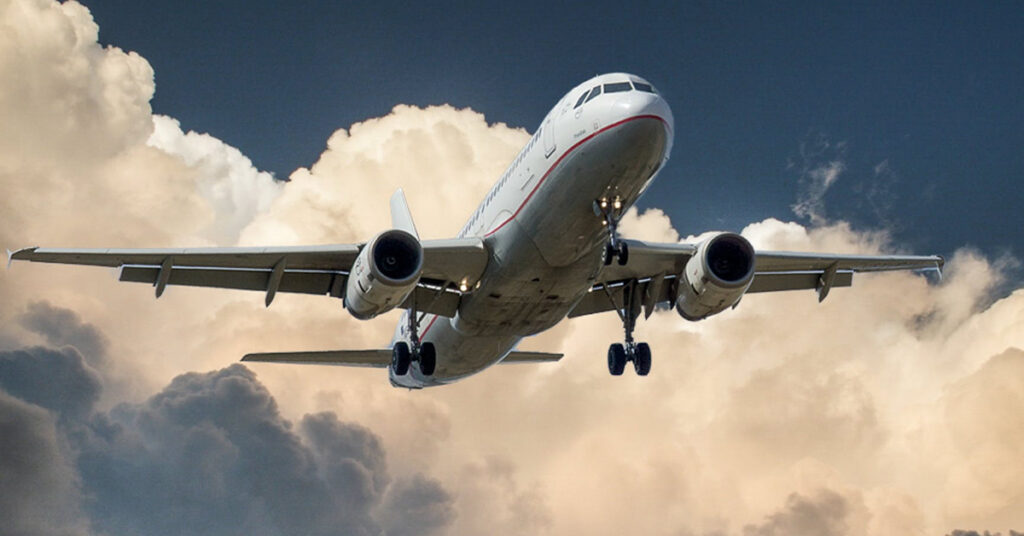The four essential methods of transportation in coordination are shipments by truck, boat, train, and plane — otherwise called street, oceanic, rail and air shipments. While every one of these methods of transportation has extraordinary advantages, knowing which technique is ideal for your business requires conscious thought.
In this guide, we’ll investigate every one of these four kinds of coordination transportation and talk about the likely advantages and potential downsides of each, just as an elective delivery alternative, known as multi-purpose transportation.
Step by step instructions to Choose the Best Type of Logistics Transportation for Your Company
In reality, as we know it where quick delivery isn’t only an extravagance, however an assumption, picking the correct sort of coordination transportation for your organization is pivotal for the accomplishment of your business, the wellbeing of your item, and the satisfaction of your clients. Before you pick a coordinations transportation technique, consider the accompanying components and utilize the data to direct your dynamic:

The Product
To begin with, investigate the shipment you are shipping. Is your item risky, transitory, or testing to deal with? What are the components of the steel trailer? This data is basic for picking a transportation technique that can oblige your items inside a financial plan.
Area
Then, think about two areas — where the shipment is leaving and its last objective:
Transportation cause: Where are you delivering from? Where you or your items are found is significant, as it’s the beginning stage for your mileage following. Do you approach seaports, rail lines, or air terminals?
Borders: Are you dispatching across country borders and require extraordinary freedom? What common boundaries will your shipment cross? While one technique for transportation may be the most reasonable alternative for your item, it could be more costly and tedious than different methods if you are not situated inside simple admittance to these choices.
Delivery objective: Where are you transportation to? The delivery objective is perhaps the main components to consider. Figure the all-out delivery distance, calculating altogether stops and designated spots.
The shopper: Are your transportation to an individual or a business? This may demonstrate which speed or strategy is best.
Exceptional Considerations
At last, consider the expense and trouble of any exceptional contemplations your shipment requires:
Time: The season you’re moving your item — during the Christmas season, for example — might affect by and large shipment times.
Criticalness: How pressing is your shipment? Would you be able to manage the cost of a postponement — both monetarily and according to your buyers?
Spending plan: What is your transportation spending plan? Comfort is extraordinary, yet remaining inside your spending plan is essential for long-term activities.
Existing connections: Examine the assets to which you as of now approach. What delivery and coordination organizations do you have a relationship with as of now? What administrations do they offer?
Contrasting Logistics Transportation Methods
Regardless of how you transport, there are benefits and drawbacks to every technique. The key to tracking down the best transportation alternative for your business is understanding these distinctions. Here is a breakdown of every transportation strategy and its advantages and disadvantages:
1. Truck Freight — Road Transportation
Street transportation has made considerable progress since the times of pony and cart shipments. Truck cargo alone records for over 54% of all northern line cargo among Canada and the United States. Truck transportation is ideal for enterprises that require fast, little shipments straightforwardly to a business, distribution center, or shopper’s entryway and is prepared to deal with potential postponements.

The best three products in trans-line truck dispatching are PCs and PC parts, electrical apparatus, and vehicles and engine parts. Different ventures that depend on truck cargo incorporate staple and retail, eCommerce, development, and farming.
The top advantages of truck cargo include:
Carries out fewer limitations: Compared to different methods of transportation — particularly air transport — there are far fewer limitations for truck cargo, including weighty or unsafe materials. Trucks are likewise simpler to follow than different methods of transportation, because of inherent navigational frameworks and ongoing following capacities, so you generally know precisely where your shipment is found.
Costs not as much as air and boat transportation: Truck cargo is exceptionally practical contrasted with air and boat transportation because related costs, for example, fuel and truck support, are undeniably less exorbitant.
Takes into consideration greater openness: Road transportation is profoundly available. Most organizations have simple admittance to a significant parkway framework, while only one out of every odd organization approaches railways, air terminals, or boats for different types of transportation.
Offers more choices: With truck cargo, you have boundless choices accessible to you. There is a wide range of specific shipping organizations that can oblige transitory, dangerous, or larger than usual merchandise. Contingent upon the transportation organization, you can likewise look over things like a bundle, full truck, and not exactly load delivering. At the point when you just need to transport few bundles, package shipments are a phenomenal alternative. Like package delivering does not exactly load (LTL) dispatching. LTL cargo administrations are ideal when your shipment is not exactly a load yet excessively huge or strangely molded for package shipments. When contrasted with full-load shipments, package, and LTL give a tempting degree of adaptability that other transportation techniques can’t.
Takes into account house to house shipment: Perhaps the main advantage related to truck cargo is the capacity to deliver an item straightforwardly to the shopper’s front entryway. Albeit last-mile conveyance isn’t generally accessible because of the sort and size of the item or last objective, the chance of house-to-house shipment is the reason numerous organizations choose truck cargo over different strategies.
Despite these various advantages, there are a couple of significant variables to consider before choosing truck cargo, for example,
Time: Truck cargo can take longer and is more helpless to shipment delays than different techniques. The normal truck makes a trip around 50 to 60 miles each hour on significant streets. Different components, for example, street terminations, awful climate, or hefty traffic, can likewise eccentrically affect conveyance times.
Control Due to how truck cargo functions, you don’t have as much power over how your items are dealt with. Street travel can be harsh on certain shipments, and a few organizations may misuse your item — that is the reason it’s vital to work with a believed coordination organization supported by grants and customer tributes.
2. Boat — Marine Transportation
Sea transport represents over 90% of the world’s exchange economy. The United States alone depends on water transportation for practically 70% of all global product exchanges. At whatever point your business requires transport for substantial, awkward burdens — or country to country dispatching — transport transportation is typically the best approach.

Contrasted with air transportation, ships are fit for conveying monstrously heavier burdens for a small part of the expense. It is the favored transportation for enormous things sent in mass, like metals, agribusiness items, building supplies, and others that can’t be sensibly obliged via plane.
The advantages of oceanic transportation include:
Obliges more space and weight: Cargo ships range long, and can convey a huge number of huge loads of weight i.e Packer and Movers services. Thus, ships are frequently the awesome and just — alternative for curiously large items or mass amounts that should move simultaneously.
Costs not as much as air transportation: Marine transportation is frequently a more prudent decision than air transport because of the lower cost of fuel. Freight ships work on a set timetable, so there is additionally less freedom for expensive transportation delays.
Improves the wellbeing of the shipment: Because ships work on a set course and arranged timetable, your shipment will go through negligible taking care of. More often than not, it will be safely put away in a sluggish vessel, which is ideal for effectively harmed products.
Ocean transportation may not generally be the most practical or available decision, contingent upon the area of your stockroom. Be that as it may, the main factor to consider about oceanic travel is the way long it takes to move a shipment:
Speed: Although ships are fit for conveying a lot greater burdens than other transportation strategies, oceanic delivery takes any longer. It isn’t normally the favored transportation technique for organizations that depend on rapid conveyance.
3. Train — Rail Transportation
Since the development of the rail route, trains have had a significant influence on exchange and Packer and Movers services coordination throughout the planet. As of January 2020, rail cargo represented generally 15% of northern boundary cargo between the United States and Canada, with the best three wares being engine vehicles and parts, mineral energies, and plastics. Rail transport is ideal for organizations that require quick, planned ground cargo Transportation services.

A few advantages of trail transport are:
Offers to convey limit: Trains can ship weighty, mass load — like coal — over significant distances. They can deal with more weight than truck transportation.
Decreases the odds of deferrals: Trains work on a fixed timetable, making them an anticipated and solid type of transportation. Since railways work autonomously, train shipments are frequently less inclined to postpones that plague truck cargo, similar to gridlocks or harsh climate.
Limits its ecological effect: Although the natural effect of a shipment relies upon a mix of a few distinct elements, trains will in general be less significant than trucks, planes, and ships since they require less fuel to work.
The two fundamental components to consider with rail transport are:
Travel time: Rail transport is slower than truck and airship cargo, and they regularly require numerous exchanges all through the shipment cycle.
Openness: Not each region approaches railroad tracks, so rail transport quite often requires different types of transportation to move items. Rail transportation is regularly joined with truck cargo for productive conveyance.
4. Plane — Air Transportation
Air transport is the most current transportation technique, however, it is regularly the most ideal decision on the off chance that you need quick, inflexible conveyance. Air transport is open across the greater part of the world and is ideal for shipments that should be moved rapidly across significant distances, including abroad. Air transportation likewise has an immense extension contrasted with rail and boat cargo, as it is a steadily extending industry with a few thousand air terminals and runways in activity across the globe.

The two most huge advantages of air transport are:
Considers expedient conveyances: Despite the chance of infrequent flight delays, air transport is essentially quicker than a boat, truck, or plane conveyance under most conditions. Moreover, planes work on a fixed timetable. This dependability is a resource when organizing shipment, especially for transitory merchandise that requires brief — regularly overnight — conveyance.
Offers improved security: Planes offer this speed with almost no trade-off to the nature of the item, giving ideal insurance and safe taking care of because of thorough flight designated spots and little impedance during flight.
Notwithstanding, a couple of burdens to consider about air transport are:
Cost: Air transport is more costly than truck transport because of the greater expense of fuel and extra costs like tickets, upkeep, designated spots, extraordinary taking care of charges for specific materials, steel trailers and that’s only the tip of the iceberg. At the point when ground coordinations are an alternative and ensured fast conveyance isn’t needed, trucks are regularly the more affordable choice. For organizations that can bear the cost of the cost and depend on quick shipments, air transport is ideal.
Impediments: Due to the idea of air transport, there are sure limits set up that a few organizations may discover hard to explore, including size, weight, and item limitations. Planes have a set weight limit that they can’t surpass, and numerous materials are too dangerous to even consider shipping through flight.
What Is Intermodal Transportation?
Multi-purpose transportation is the point at which a shipment requires at least two sorts of transportation to arrive at its last objective. This is regularly utilized Transportation services with rail and boat transport, which frequently expect trucks to convey shipments from the railroad or port. Multi-purpose transportation is ideal for shipments that are not of prompt worth that need to travel a significant distance.
Much of the time, items stay inside a similar steel trailer all through the whole interaction. In different cases, nonetheless, your items may be moved to start with one steel trailer then onto the next. Continuously examine this with your transportation and coordination supplier to ensure you are bundling your items likewise. You ought to likewise remember the various limitations and prerequisites across all methods of transportation. For instance, because your shipment fits inside rail transportation rules, doesn’t mean it will meet all requirements for air travel.
Read This Blog: HOW LOCATION AND MAPPING PLATFORMS ARE TRANSFORMING TRANSPORTATION INDUSTRY

